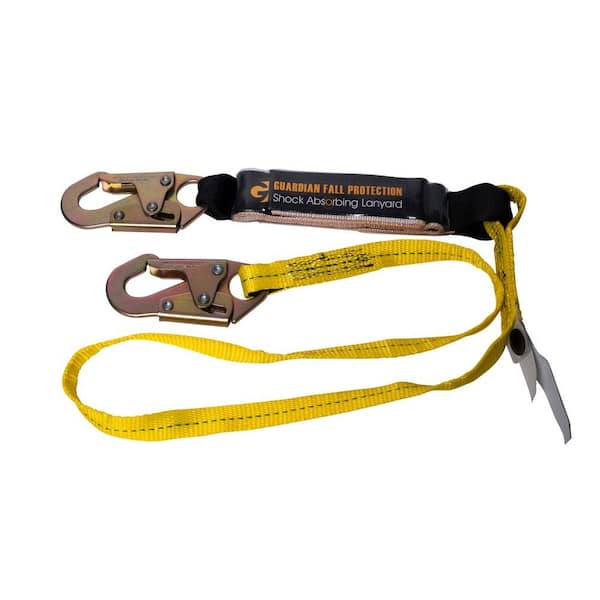Clay Lowery
Member
Hi I'm doing a L1 Cert attempt this November and need to know what the "speed limit" for a parachute on a Loc-IV?

Yes, I just wanted to make sure.Not sure what you mean? Deployment speed? Should be as low as possible. Are you running simulations?
Yes, I am, that's where I'm doing my l1 cert.Hey Clay, I assume you're using motor ejection and looking for the best delay time?
For single deployment, ejection within a couple seconds of apogee is what I aim for. I'm not too particular about a speed.
Are you flying at GRITS?
?Yikes...
Eject at apogee, but be sure and launch it vertical so it doesn’t develop horizontal velocity. A lot of people, when they’re starting out, try to avoid drifting by tilting the launch pad into the wind. That’s usually a bad thing because the rocket will arc over even more when flown into the wind. I’ve seen lots of zippers from people trying to avoid a walk. Apogee is the slowest vertical velocity, but has no effect on horizontal velocity. Just launch it vertically and don’t try to outthink the wind.isn't it more about having it eject at apogee
I've made that mistake before.Eject at apogee, but be sure and launch it vertical so it doesn’t develop horizontal velocity. A lot of people, when they’re starting out, try to avoid drifting by tilting the launch pad into the wind. That’s usually a bad thing because the rocket will arc over even more when flown into the wind. I’ve seen lots of zippers from people trying to avoid a walk. Apogee is the slowest vertical velocity, but has no effect on horizontal velocity. Just launch it vertically and don’t try to outthink the wind.
Yes, that does help reduce the Shock when the cord fully extends.I'll "accordion tape" my shock cord (at least partially) to bleed off energy and put some sort of cushion on the shock cord so when it's fully extended, the cushion is contacting the edge of the body tube. It's not a perfect solution, but it helps.
Almost everyone does.I've made that mistake before.

Ohh, where did you get that image? I actually need one of those for the next time I'm climbing a radio tower...Like a riggers harness shock absorber:
GRITS is a great event. I went last year and had a great time. I plan on being there again this year.Yes, I am, that's where I'm doing my l1 cert.
https://guardianfall.com/Ohh, where did you get that image? I actually need one of those for the next time I'm climbing a radio tower...
Whatever they are paying you to climb up a radio tower, it's not enough.Ohh, where did you get that image? I actually need one of those for the next time I'm climbing a radio tower...
Definitely, since it's zero. I'm a member of a radio club, and I'm one of the few people under 80 so it's up to me to maintain the antennas at the club. It's not that bad, but your feet hurt after an hour of so of standing on those rungs.Whatever they are paying you to climb up a radio tower, it's not enough.
Enter your email address to join: